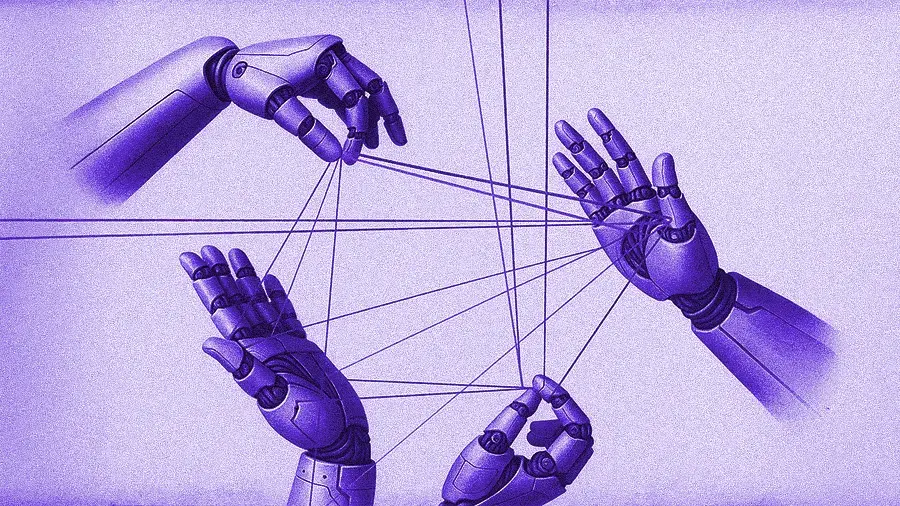
Key Points
- Too many agentic AI tools lack both the accuracy and enterprise context needed to deliver value for the organization.
- AI agents need to be able to access all the systems where work happens: applications, databases, unstructured documents, and more.
- More CIOs are turning to unified orchestration platforms that can deliver the speed, scale, and trust organizations need to let AI agents traverse their IT landscapes.
- AI and orchestration together is a "really powerful combination to be able to move super fast and deploy these agents across the enterprise,” Samsara CIO Stephen Franchetti told TheCube at World of Workato 2025.
AI agents are full of promise, but still remain short on value.
Today, there is no shortage of different agentic tools for organizations to adopt. However, enterprise leaders are frustrated at the lack of real-world returns from many of these solutions. AI investments might be generating productivity and efficiency gains in pockets. But ultimately, the technology isn't delivering impact where it matters: the bottom-line.
At the same time, companies are fearful of new security risks and the loss of important intellectual property. As a result, businesses are hesitant to give AI agents too much access. They want senior-level performance from an “employee” that may only be able to work in a single application. This distrust of the technology threatens to hinder progress at a critical juncture.
The answer? AI and orchestration, together: “It’s a really powerful combination to be able to move super fast and deploy these agents across the enterprise,” Samsara Chief Information Officer Stephen Franchetti told TheCube at World of Workato 2025.
Most organizations haven’t even yet witnessed a true AI agent in action. Too many are flashier chatbots masquerading as ground-breaking new technology. They’re incorrect, and skip critical steps. They also can inject new vulnerablities, and potentially even hinder operational excellence.
Typically, these so-called “AI agents” are only operating in segments of the workflows that drive operations. Order-to-cash, supplier management, employee and customer lifecycles, IT help desk; these are complex processes involving multiple underlying technologies. AI agents have to be able to work across all the places where business runs: applications, databases, unstructured documents, and more.
The relevant context from these end sources then helps AI agents level-up the workflows that define the business and make it unique. Dropping three days off of an order-to-invoice process can significantly impact cash flow, for example. Or when IT delivery happens in seconds, not days, companies can move faster to tackle opportunities.
Accurate and armed with the right process context, AI agents can start to anticipate problems and opportunities. But trust remains key to the shift from defensive to proactive.

“Layer in the orchestration with AI ... it’s a really powerful combination to be able to move super fast and deploy these agents across the enterprise."
Take a scenario many companies are facing now: An overseas shipment gets stuck in a tariff hold.
While this logistical nightmare unfolds, the company may be blissfully unaware. The team could be checking the CRM, which hasn't been updated and doesn't show any delays. A glance at the logistics software, however, indicates a fast-growing problem. Soon, calls start tocome in from frustrated customers that haven’t received their order.
Now, imagine all the different supporting systems connect into a single platform. AI agents can go superhuman. They siphon through the different sources to detect the tariff holds. Then, they can reroute the order so it gets there faster. And they can do this automatically for the hundreds of impacted shipments.
Empowering AI agents to become true business partners comes down to orchestration. These digital employees don't shine in complex tasks. Instead, AI agents excel at automating the atomic-level workflows constantly in motion: PTO and expense approval, content creation, license renewals, access revocation, refund processing, and more.
When the systems act with context and through enterprise skills, not raw APIs, true transformation happens. That all comes down to orchestration. Shallow, basic connections won't work. Companies need enterprise-grade integrations that deliver on speed and security. A secure, unified orchestration platform delivers the control organizations demand, with the speed, scale, and access that AI agents need to hit their KPIs.
.svg)

.webp)



